Art
8 English Art Terms You Should Know
The words we use to talk about art can often seem opaque—and not just when they take the form of foreign languages like French and German. Yet this lexicon is an invaluable tool to have in your arsenal when thinking about and analyzing art. With roots in far-flung historical moments and art movements, the following eight English art terms will set you well on your way to discussing all kinds of art like a pro.
Canon (Canonical)
Differing little in spelling but significantly in meaning from its double-N homophone “cannon,” “canon” comes from the Greek word kanōn, meaning a measuring rod, rule, or model. The term was first used within the context of Christianity to refer to the faith’s accepted guidelines and, later, to official, church-decreed regulations. As early as the fourth century A.D., the parts of the Bible that were considered to be the word of God were deemed to be of the canon, or canonical.
Over time, the concept of a canon expanded to a wide range of fields, from literature, film, and music to philosophy and even geography. Today, it generally refers to the established works, individuals, or theories that form the historical backbone of a particular discipline or genre. Spanning from antiquity through the contemporary era, canonized artworks are generally privileged in art history courses, museum exhibitions, and other art world institutions—venerated as exemplars of the movements they represent, and of art historical progression.
The canon has received its fair share of criticism for prioritizing Western art created by white males, with scholarly efforts emerging at the end of the 20th century to critically assess and broaden it. In addition to the overarching art historical canon, individual artistic movements or national traditions may be said to have their own canons.
Painterly
“Painterly” art is characterized by visible brushstrokes that evidence the hand of the artist and call attention to the nature of the artwork—in other words, to its paintingness. Painterly work is looser and less tightly controlled, contrasting with linear work, which is defined by discrete outlines and borders, as well as smooth, inconspicuous paint application. Linear painting took center stage during the
, when an interest in creating the illusion of three-dimensional space flourished—though Venetians
and
, among others, also celebrated a painterly technique with expressive, unpolished brushstrokes.
In the centuries that followed, artists who advanced a painterly approach proliferated, from
painters like
, to
like
and
, to
.
“Painterly” need not apply only to paintings; it can also describe elements of works in other mediums that suggest a painted quality. In photography, for example, such works abounded in the 19th-century
movement, whose practitioners aimed to elevate the status of their fledgling medium by making their images resemble paintings through atmospheric colors, hazy forms, and surface brush marks.
Figurative
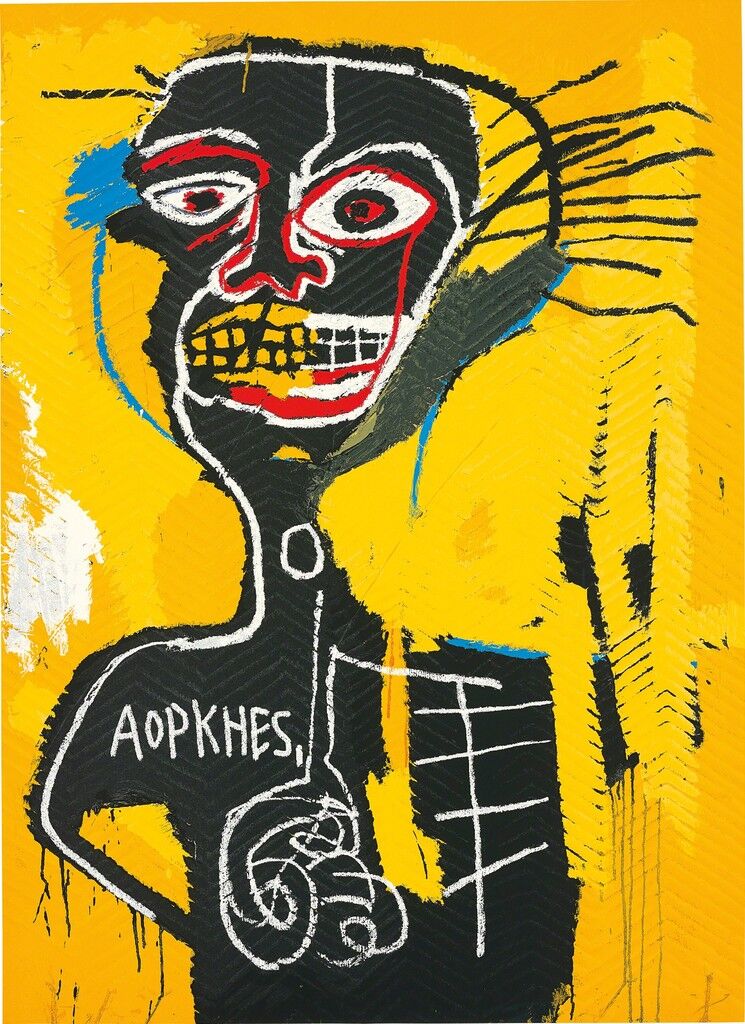
Jean-Michel Basquiat
Phillips
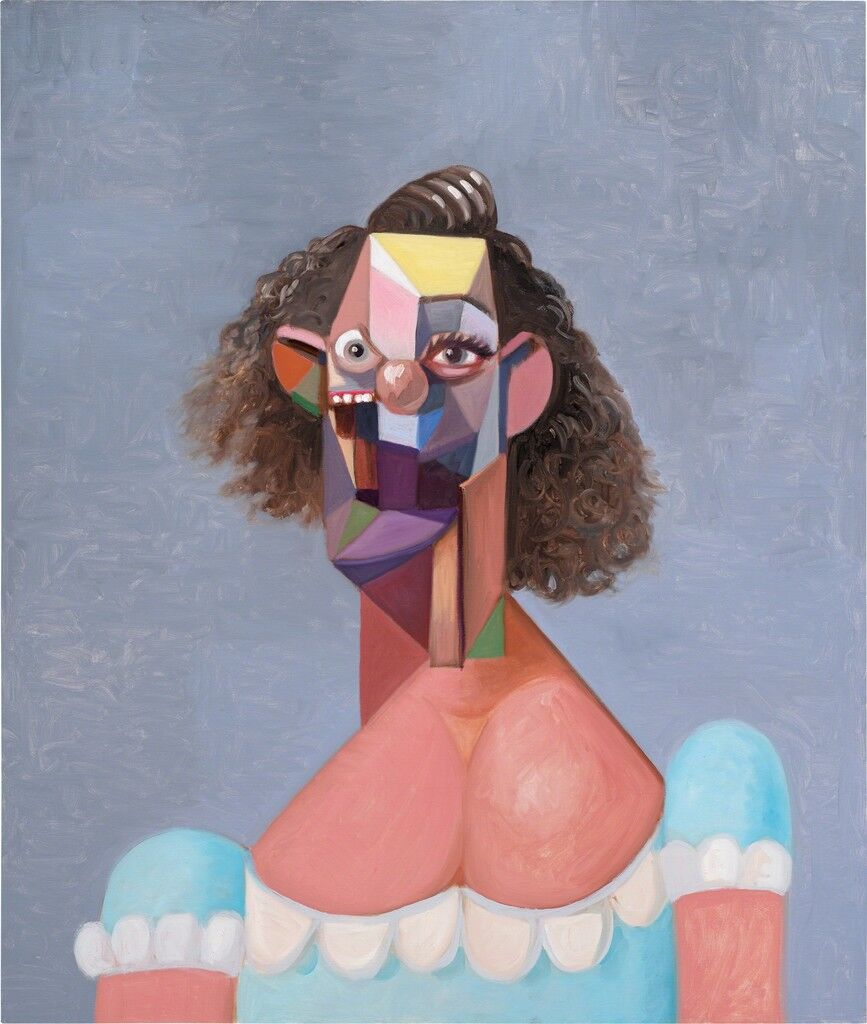
George Condo
Phillips
The adjective “
” is applied to artworks that contain identifiable, real-world subjects, often (but not necessarily) including the human figure. Most, if not all, Western art created prior to the birth of modernism—which championed abstraction—represents the physical world, and can thus be described as figurative. Called “figuration” in noun form and often termed “representation” or “representational art,” figurative art was dismissed throughout most of the 20th century as artists pursued what they saw as the higher, universal language of abstraction.
Despite that move away from figuration, artists like
and
continued to make figurative art in the mid-to-late 20th century, and
helped to revive an appreciation for it
. In the past decade, the art world has seen another resurgence in the popularity of figurative painting, especially in work that takes an unconventional approach or reflects upon social realities—like that of
,
,
, and
, to name just a few.
Notably, figurative art includes—but is not limited to—realism. Photorealists like
and
hold down one end of the spectrum, while
and
painted figures that are significantly abstracted from reality, yet still include recognizable forms.
Foreshortening
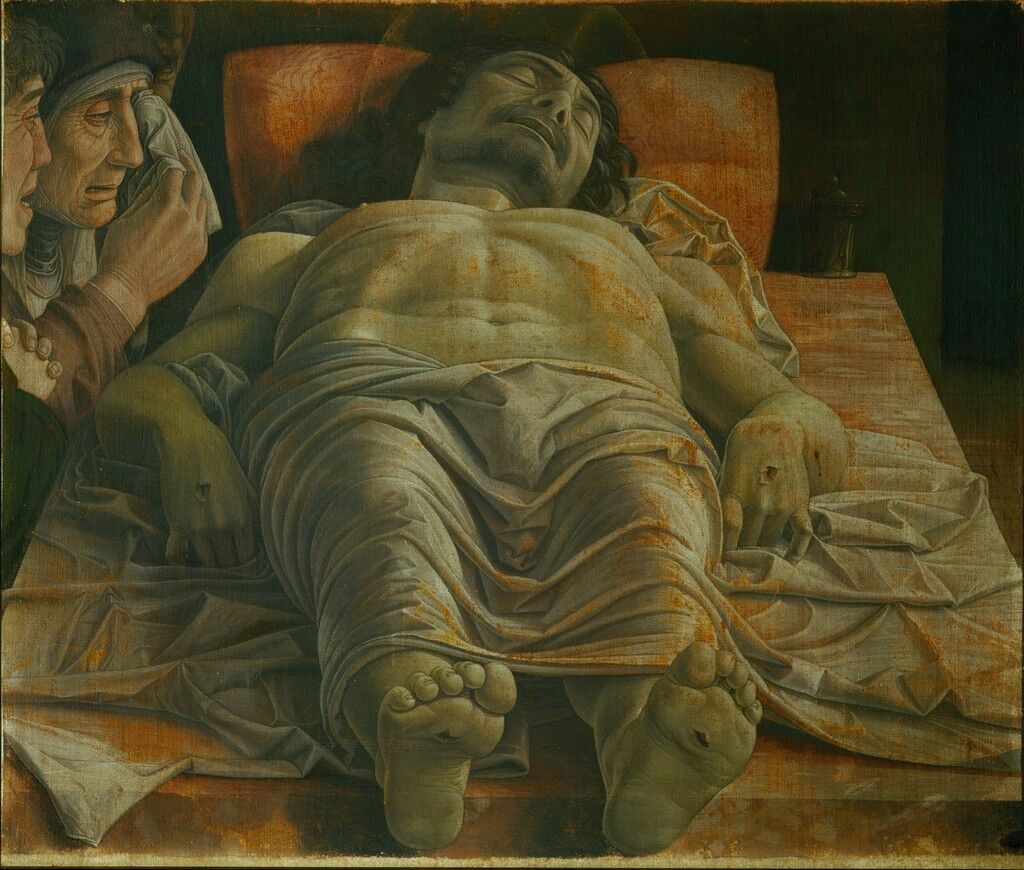
Andrea Mantegna
Pinacoteca di Brera, Milan
Beginning in the 15th century, during the early Italian Renaissance, artists like
sought a convincing way to depict three-dimensional objects in a two-dimensional artwork. Their solution was foreshortening, a technique that is still ubiquitous today, in which the artist adjusts the scale of an object’s parts to convey variations of depth within the picture plane.
Perhaps the most famous case of foreshortening is the depiction of Jesus in The Dead Christ (ca. 1480) by
, who was a preeminent innovator of the technique. By making the subject’s feet larger and his head smaller, as well as by shortening his limbs and body, the artist created the illusion of the body receding backward. Often, the foreshortened effect is not quite true-to-life, but that’s intentional—the artist makes the difference in size less extreme, so that the nearest part of the foreshortened object does not overwhelm the composition or block the farther part.
In addition to portraits, foreshortening also appears in still lifes, landscapes (such as with a road that winds away from the viewer), and Renaissance frescoes (often used for the representation of architectural elements) by the likes of
,
, and
. More recently,
achieved virtuoso foreshortening in his Reclining Figure(1994).
Gestural
In his seminal 1970 book The Triumph of American Painting: A History of Abstract Expressionism, art historian and critic Irving Sandler coined the terms “gesture painters” and “color field painters” to describe the two distinct branches of
. With artists like
and
in the latter contingent,
epitomized gesture painting. Pollock insisted on gesture, or the action of painting, not only as process, but as the primary content of his finished work, while critics read his drips and splatters of paint as outward manifestations of his psyche.
Although it is rooted in this particular moment in art history, the term
has come to apply more broadly to any artwork whose dynamic and sweeping strokes, pencil marks, or sculptural modeling reveal the act of the work’s creation, often with an element of perceived informality, spontaneity, abandon, or emotional intensity. While examples of gestural artwork abound throughout art history—from
to Van Gogh’s swirling landscapes—contemporary artists whose works feature gestural elements include Basquiat,
, and
, among many others.
Participatory
From
’s piles of paper or candy that visitors can take, to
’s installations that light up in response to viewers’ fingerprints and heartbeats, to
’s silent staring contests, “participatory” art depends on the viewer in order to be fully realized. A descendent of
, which relied on an audience’s reactions to intentionally outlandish speech, costumes, and props, participatory art can also trace its roots back to
’s 1960s
, which involved guests in immersive, choreographed experiences.
In the same vein as
, participatory art covers a wide range of practices and motivations. Some artists call attention to participants’ sensory experiences and interpersonal interactions, as with
’s 1968 Dialogue: Goggles—in which two volunteers look at each other through distorting lenses—or the meals that
cooks for gallery visitors. Other participatory works, like
’s performances, are based in social activism and community engagement. Nearly all participatory art, however, challenges the traditional artist-viewer relationship and the position of the artist as sole author, as well as the nature of an artwork as a static finished object.
Masterpiece

Edvard Munch
The Scream, 1893
National Gallery, Oslo
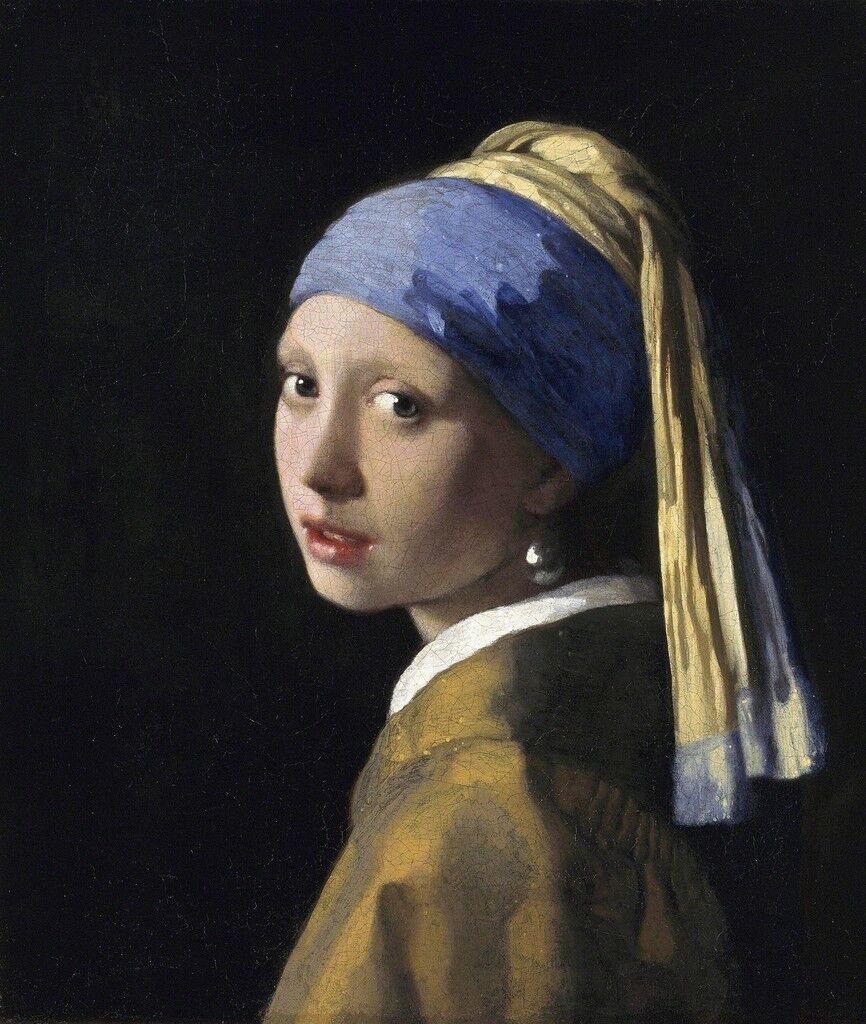
Johannes Vermeer
Girl with a Pearl Earring, ca. 1665
Mauritshuis, The Hague
Google variations of “masterpieces in art” and your search will return numerous articles that purport to list the most famous or greatest works of art across history. Artworks considered masterpieces are often undeniably impressive in their own right—virtuosic works that display both the talent and skill of their makers in terms of color, composition, inventiveness, or sheer labor. However, the pieces deemed worthy of this recognition are also intimately related to the art historical canon; for decades and even centuries, they have been written about, displayed, and fawned over, taking on a near-mythical significance.
Although it is still widely used, in recent decades, the term has been critiqued by some scholars for perpetuating a tradition that is overwhelmingly Western, white, and male. Not only did “master” necessarily refer to a man, but the word still refers almost exclusively to male artists who are recognized as having advanced the Western tradition, as in
or contemporary master. Some scholars similarly take issue with the term “masterpiece” for being based in mere renown, rather than in critical evaluation.
Historically, however, a “masterpiece” was a more objective designation. Borrowed from the Dutch meesterstuk and the German Meisterstück, the word literally referred to a piece that an artisan submitted to his guild to become a master of his craft. After attaining this superlative classification, he could pursue his trade without supervision and teach others. With attention to factors like originality and authenticity, connoisseurs and art historians later helped shift the definition of the word toward its current iteration.
Biennial / Triennial
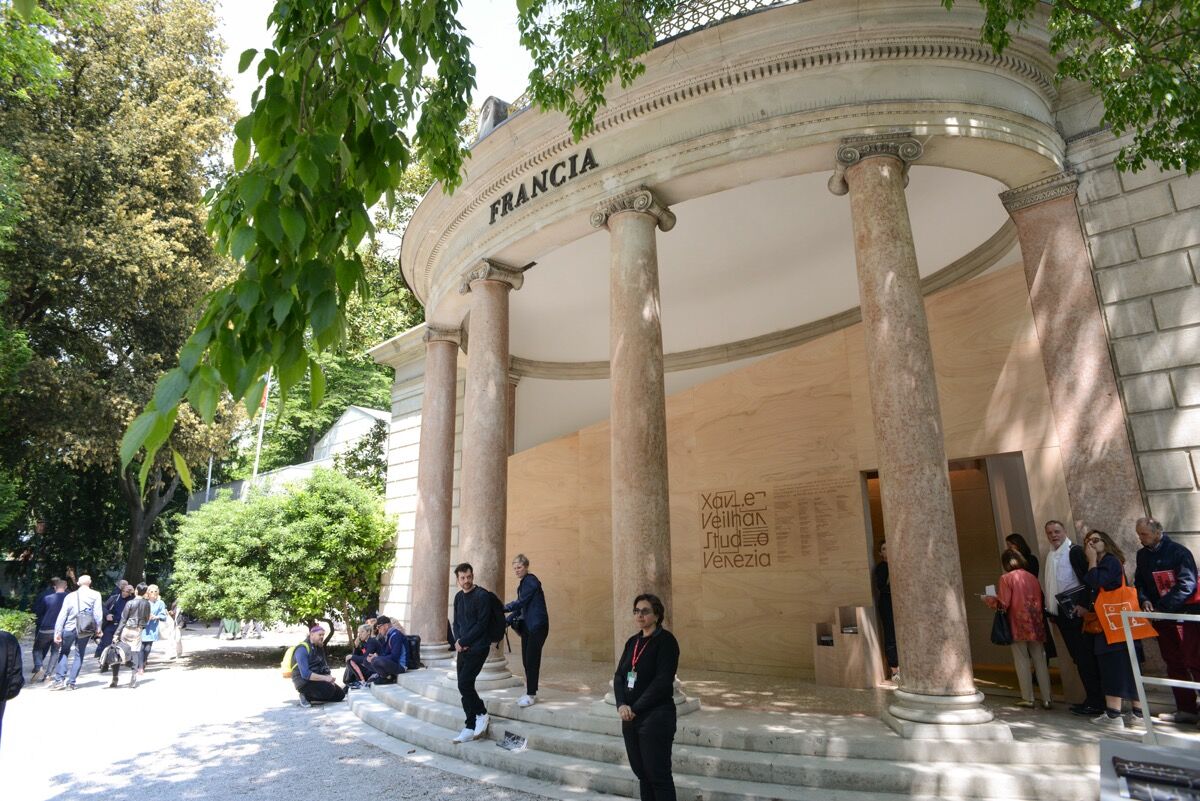
The French Pavilion at the 57th Venice Biennale, 2017. Photo by Casey Kelbaugh for Artsy.
Emerging in the early 1600s, the word “biennial” derives from the Latin words bi, meaning “twice,” and annus, meaning “year.” Not to be confused with “biannual,” which refers to twice-yearly occurrences, “biennial” applies to those events that happen every other year, and can be used as both a noun and an adjective.
In noun form, and in art world terms, a biennial is a large art exhibition that takes place once every two years and surveys recent work from the host region or country, or further afield. The Venice Biennale (biennale is “biennial” in Italian)—founded in 1895—is traditionally considered the origin of the modern biennial and still stands apart in its size, scope (last year’s edition featured 83 national pavilions), and prestige; it is often referred to simply as “The Biennale.”
Biennials have recently exploded in number and continue to spread around the globe, with Latvia’s Riga International Biennial of Contemporary Art (RIBOCA) and the Bangkok Art Biennale in Thailand having both launched this year. Triennials—which range from the New MuseumTriennial in New York City to the Garage Triennial of Russian Contemporary Art in Moscow—are versions that take place every three years, from tri, meaning “three.”
Compared with art fairs, biennials and triennials (as well as quadrennials and quinquennials, which occur every four and five years, respectively) are less commercial, and generally focus instead on celebrating artistic innovation and fostering critical dialogues.
Rachel Lebowitz


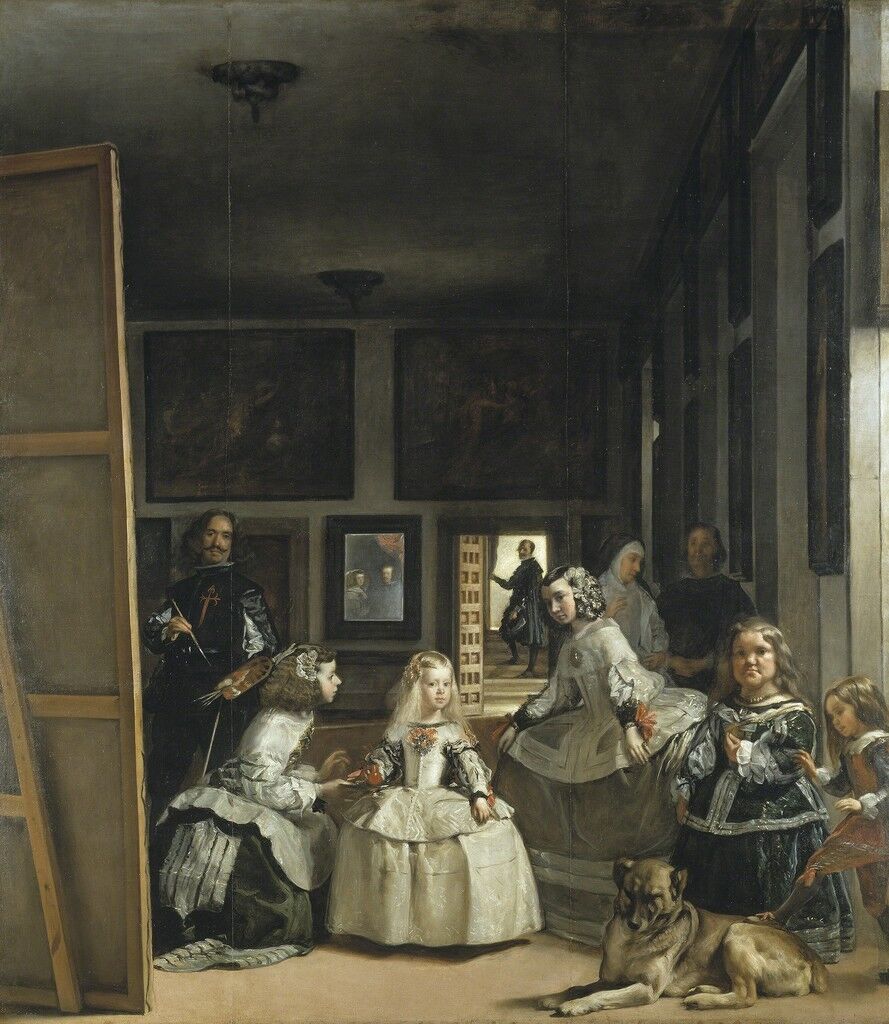
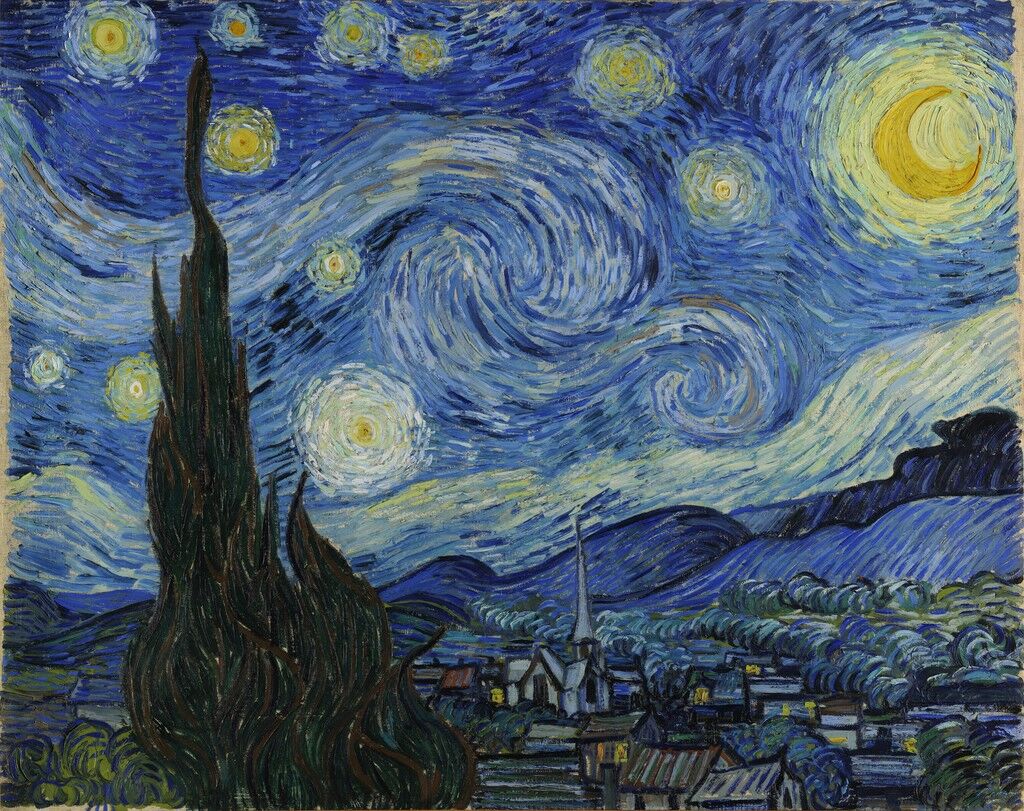
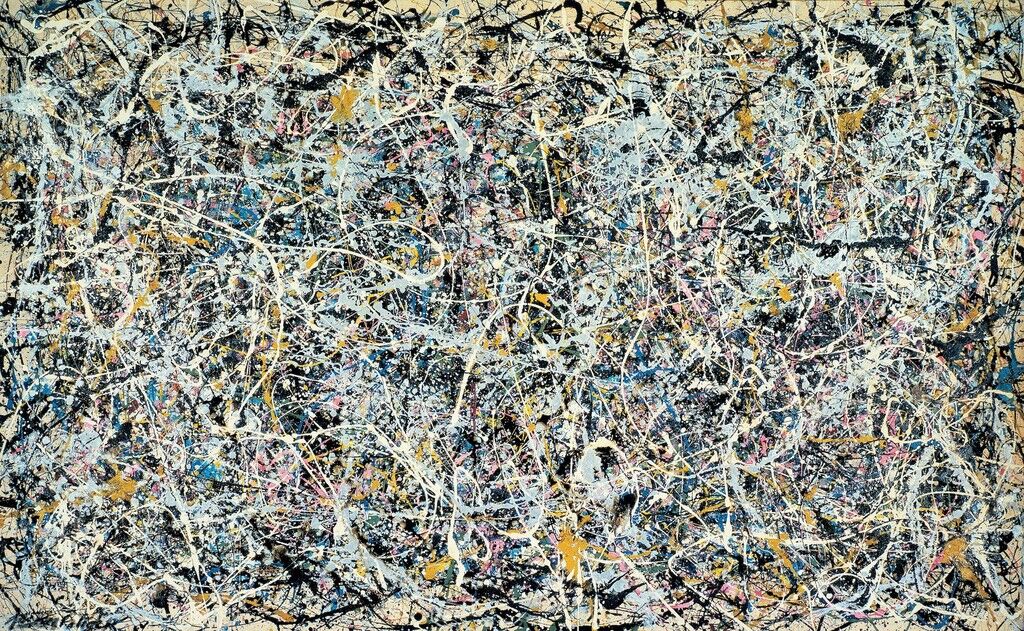

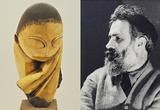

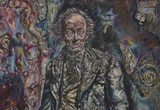
No comments:
Post a Comment